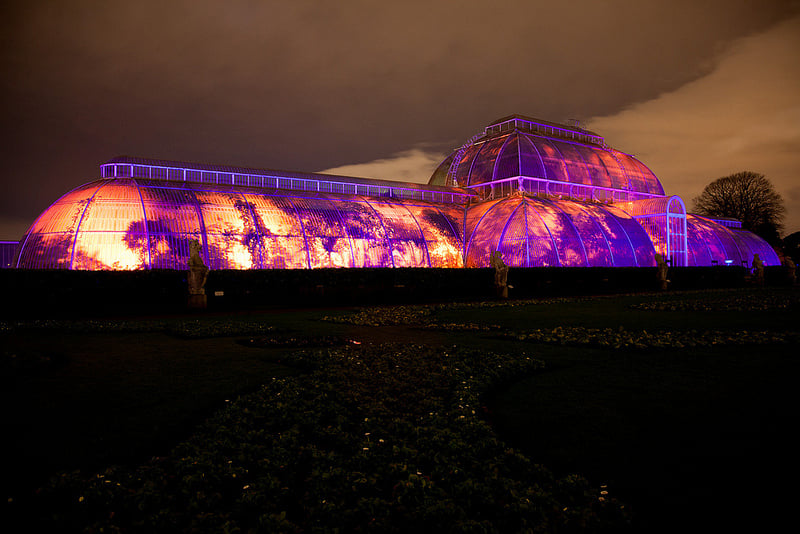
Kew Gardens, which collaborated with an artist on a visualisation of botanical subjects
Photo: geatchy via VisualHunt.com / CC BY-NC-SA
Collaborations between arts and academia benefit all
A national assessment of UK research has found partnering with academics can inspire arts organisations and practitioners to create innovative new projects.
Partnering with academic researchers can inspire arts practitioners to try new creative approaches and create innovative projects, a new report has concluded.
Such collaborations also increase the impact of research and make it more accessible to a wider audience.
The findings emerge from a Kings College London (KCL) study on the 2014 Research Excellence Framework, the national assessment of research quality across all UK universities. More than 1,500 ‘impact case studies’ were analysed to understand how academics and creative practitioners are working in partnership, and the influence of this on the creative and cultural sector.
“I hope that the report will inspire researchers from a wide range of academic disciplines to embrace new opportunities to partner with the creative and cultural sector and, at the same time, illuminate for artists and creative professionals the many ways in which academic research can inform and develop their practice,” wrote Professor John Holden, a Cultural Fellow at KCL, in the report’s foreword.
He continued: “This report provides evidence of the immense scale of the collaboration that is going on, and the wide range of academic disciplines that are involved, but it focuses most closely on the impact that these activities have within the world.”
Areas of impact
Eight key areas in which collaborative research projects impact on the sector were identified, with ‘impact’ defined as an effect on a range of factors including the economy, culture, health and the environment.
Chief among these was a “marked contribution to innovative practice” in arts and culture – such as influencing a creative approach, or informing programming, commissioning or acquisitions.
The next most common impact was ‘transforming public understanding’, with the creative and cultural sector helping to change opinions and behaviour by translating research findings into more accessible formats.
For example, an artist at the University of the Arts London collaborated with scientists at the Royal Botanic Gardens in Kew on a visualisation of the structure of botanical subjects, with the intention of increasing public understanding and support for conservation at the gardens.
The works were viewed by over 100,000 people in an exhibition at Kew, and by an estimated 1.3 million people through a TED talk, in which they were reproduced.
Interdisciplinary benefits
The report also concludes research in the creative and cultural sector had “inherently multidisciplinary” impacts.
Every academic discipline assessed other than ‘civil and construction engineering’ had some connection to the creative sector, and the research uncovered examples of “unexpected” collaborations, such as computer science research impacting on ‘film and theatre’.
Similarly, research in ‘physical sciences and engineering’ and ‘biological sciences and medicine’ had links to multiple parts of the creative and cultural sector.
“This suggests that while there are strong disciplinary links between research in the arts and humanities and related areas of the sector, considerable interdisciplinary activity is also taking place between the sector and all fields of academic research.”
Looking ahead
The report suggests further areas for study, including research into how the “strong but underutilised” links between practice-led research in the arts and mental health services are helping to improve provision for mental health illnesses.
In addition, it calls for a review of the ways in which activities in cultural and creative sector can help build communities.
“The introduction of ‘impact’ to the assessment of publicly-funded research in the UK, in spite of its limitations, has positively incentivised academic collaboration with the creative and cultural sector, and opened up many exciting opportunities for practitioners to engage with new knowledge and expertise in an unprecedented way,” the report authors add.
Join the Discussion
You must be logged in to post a comment.